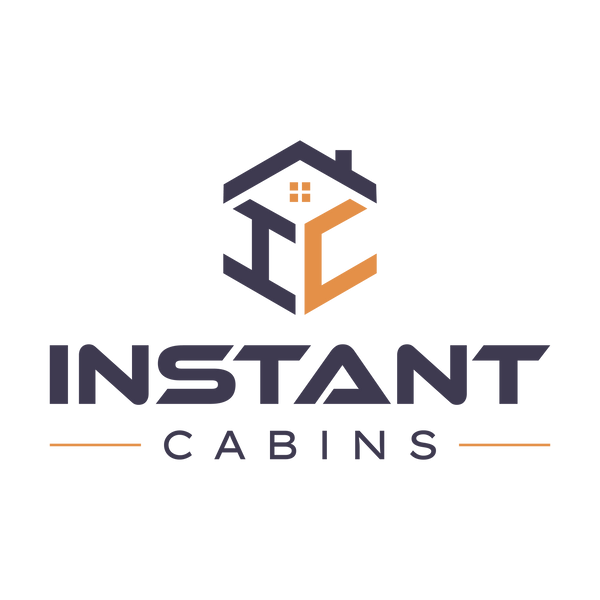. Here are some trends that are shaping the foldable container house market:
-
Sustainable and Eco-Friendly Designs: The emphasis on sustainability was driving the adoption of eco-friendly materials, energy-efficient systems, and designs that minimize the environmental impact. Foldable container houses were being designed to incorporate renewable energy sources, efficient insulation, and rainwater harvesting systems.
-
Modular and Customizable Solutions: The modular nature of foldable container houses allowed for customization to meet specific needs. Buyers were looking for solutions that could be tailored to their preferences, whether for residential, commercial, or other purposes.
-
Smart Home Integration: The integration of smart technologies was on the rise. Foldable container houses were being equipped with home automation systems, allowing residents to control lighting, heating, security, and other aspects remotely.
-
Rapid Deployment for Disaster Relief: Foldable container houses were gaining attention for their quick deployment capabilities, making them valuable for disaster relief efforts. Governments and NGOs were exploring these structures as temporary shelters in the aftermath of natural disasters.
-
Popularity in Event and Hospitality Spaces: Foldable container structures were being used as pop-up shops, cafes, bars, and event spaces. Their unique and innovative designs made them attractive options for temporary installations at festivals, markets, and other events.
-
Integration of Sustainable Technologies: Solar panels, rainwater collection systems, and other sustainable technologies were being integrated into foldable container houses, making them more self-sufficient and reducing their reliance on external resources.
-
Interior Comfort and Aesthetics: Manufacturers were focusing on enhancing interior comfort by using high-quality insulation, efficient HVAC systems, and aesthetically pleasing interior designs. This helped overcome any preconceived notions of container structures being uncomfortable or unappealing.
-
Awareness and Acceptance: The awareness and acceptance of container-based construction were increasing. As people became more familiar with the concept and benefits of foldable container houses, there was a shift in perceptions toward them being seen as viable and innovative housing solutions.
-
Collaborations and Partnerships: Architects, designers, and construction firms were collaborating with container manufacturers to create unique and functional designs. These partnerships helped in pushing the boundaries of container architecture and expanding its potential applications.
-
Regulatory Considerations: The regulatory environment was evolving to accommodate container-based construction. Governments were starting to develop guidelines and standards specific to these structures, which facilitated their adoption in various locations.
-
Investment and Market Growth: The foldable container house market was seeing increased investment from both startups and established players. This investment was driving innovation, leading to the development of advanced folding mechanisms, improved materials, and better overall designs.

